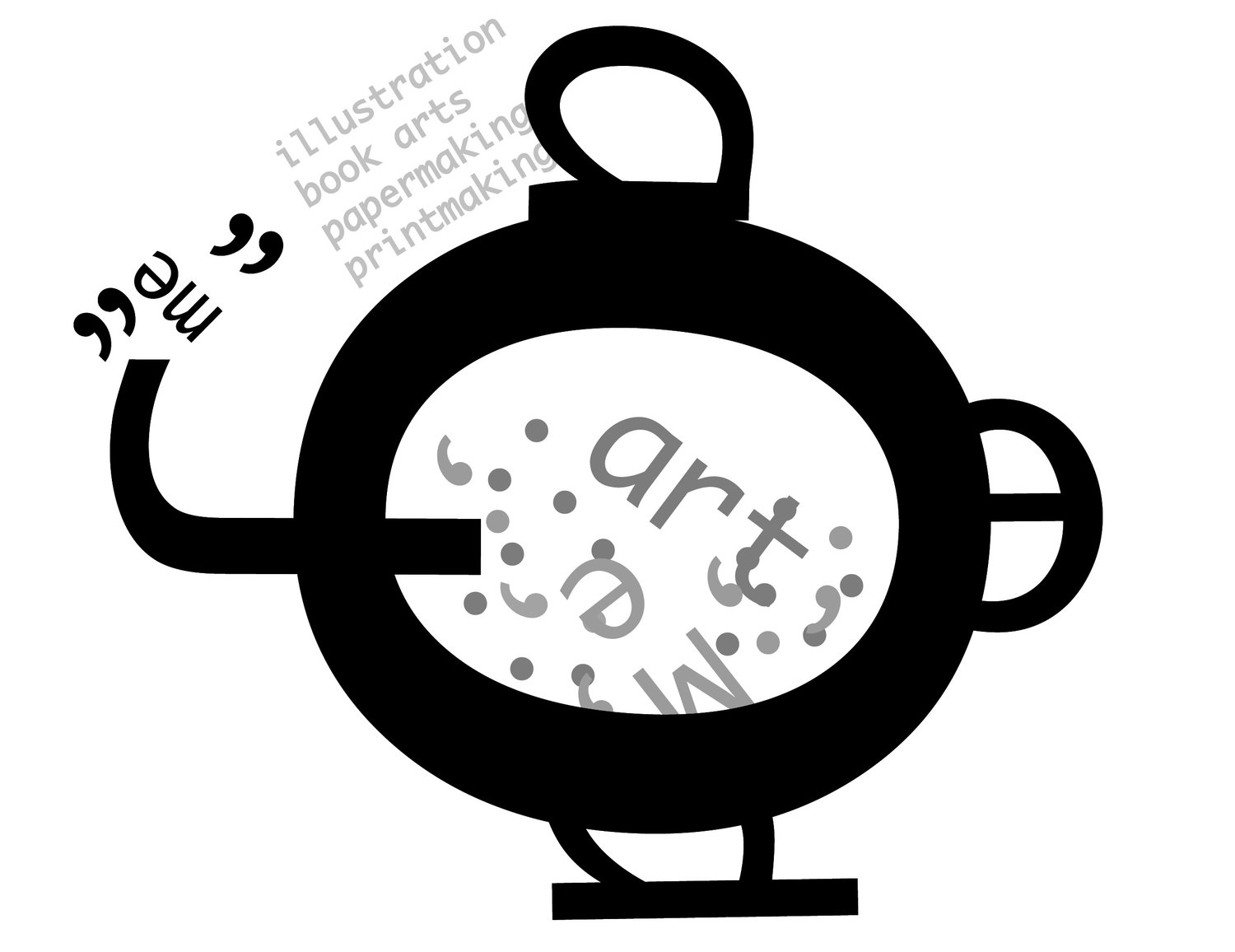This week in lithography I am drawing on a large litho stone that is 24 x 33 inches. After seeing a Robert Rauschenberg lithograph that use a composite photo and drawn image, I was inspired to go big. I wanted the freedom of making broad, expressive marks with the drawing materials used on stone: litho pencil, crayon, and tuche. The last is a grease-based ink for lithography that can create a painterly mark or be used to put objects in for an impression.
The drawing I'm doing comes from a drypoint image that I made nine years ago. It was 4x6 inches. In 2011 I revisted that same image and did it in a copper plate intaglio. That meant using tools to scratch into a metal plate, develop different tonal darks and flat area, and create a new image that extended my first drawing. When I was drawing on stone today at a much larger image size, I realized it was so magnified that the drawing of the character and surface was completely different. I used photo sources to understand the whorls for fur on a fox's face, to find out the differences between a gray fox and red fox, and to study the shape and light of eyes. But, I also made choices for when I simply wanted to adapt and make the fox in its anthropomorphic character of carrying a lantern. As an artist we can choose what to emphasize or change completely. To quote Dr. Seuss: “I like nonsense, it wakes up the brain cells. Fantasy is a necessary ingredient in living.”
When I draw foxes as people, I am free of the constraints of human form and its limitations. We can all see ourselves in animal characters, much like fables. It's not nonsense, but a freedom of waking up to the pleasure of seeing anew.

